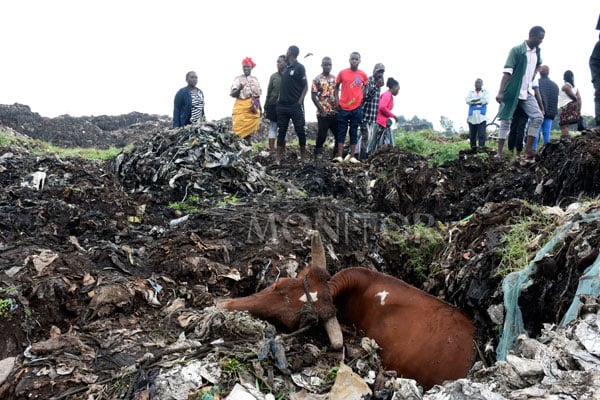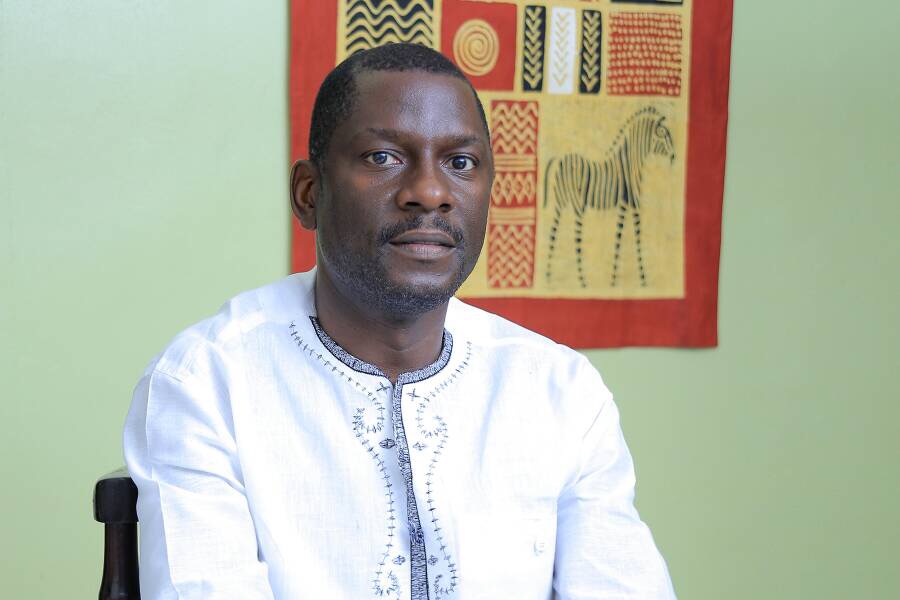Kampala, Uganda – Scientists at Makerere and Busitema Universities in Uganda have found out in a study, that the Kiteezi Landfill which collapsed last week, killing 23 people, has the potential to produce 774 Kilowatts of electricity capable of powering 1,062 homes.
The study titled: “The potential of energy recovery from municipal solid waste in Kampala City, Uganda by incineration,” was published in the Journal of Energy Conversion and Management in 2022.
The scientists behind the study are Judith Amulen, Hillary Kasedde, and Jonathan Serugunda from Makerere University’s College of Engineering, Design, Art and Technology and the Department of Mining and Water Resources Engineering, Faculty of Engineering, Busitema University.
On August 10, at least 23 people are now known to have died after a landslide at the massive rubbish dump in Kiteezi, following weeks of torrential rains.
Rescuers are continuing to dig through the waste in the hope of finding more survivors after the landslide and President Yoweri Museveni has ordered a probe and punishment of culprits for possible criminal negligence.
The 36-acre (14-hectare) Kiteezi landfill is the only one serving the whole of Kampala, a city home to an estimated four million people. The city authorities have been trying to find a new site for many years.
The Study Details:
The study which was conducted in the area revealed that a proposed Municipal Solid Waste (MSW) incineration plant in Kampala could generate 774 kWh of electricity per ton of waste, enough to power 1,062 homes in Uganda. “This significant finding comes as the city grapples with over 350,000 tons of waste annually, which is currently disposed of in a landfill that has exceeded its capacity,” the scientists wrote in a journal article.

The research conducted a techno-economic assessment of energy recovery from Kampala’s MSW, highlighting the potential for the city to harness renewable energy from waste.
“By incinerating 220,000 tons of waste per year, the plant would not only mitigate the environmental impacts of the overburdened landfill but also contribute to the national grid, promoting clean and sustainable energy use,” they wrote.
In 2021, the Deputy Director Kampala City Council Authority (KCCA) Eng. David Luyimbazi revealed that the city was finalizing plans to agree with an energy company to utilize the waste by generating biofuels. He further revealed that the authority had held meetings with a Netherlands–based green energy consultant Hardonk Maarten during which discussions on the potential of the landfill to generate biofuels were held.
It was discovered that the landfill was extremely rich in organic waste at 65% and that the gas generated therefrom would be ‘very fantastic.’ A year later when this study was conducted, the scientists found more potential than had previously been imagined.
“Kampala’s waste is predominantly organic, with an 80% composition, and a Lower Heating Value of 6.12 MJ/kg. Through simulations using advanced thermodynamic equations, it was determined that the plant could operate at a feed rate of 27 tons of MSW per hour. The economic analysis suggests that the project, with a capital investment of USD157 million, would yield a Net Present Value of USD 30 million and an Internal Rate of Return of 12.6%, with a payback period of just six years,” they wrote.
This study’s findings imply that the viability of waste-to-energy projects in Uganda is real and offers a blueprint for policy makers and investors looking to contribute to the country’s renewable energy goals. The proposed plant could play a crucial role in increasing energy efficiency, reducing environmental contamination, and enhancing biodiversity, paving the way for a greener and more sustainable Kampala.
More details on this study can be found HERE
About The Author
Arinaitwe Rugyendo
Rugyendo is the Founder and Editor-in-Chief of ResearchFinds News. He’s an accomplished journalist with a rich background in the media industry in Uganda. With over two decades of experience, Rugyendo has held various roles including cab reporter, Bureau Chief, Managing Editor, and Digital Media Editor at renowned publications such as Daily Monitor and Red Pepper. Throughout his career, he has demonstrated a commitment to delivering high-quality journalism and staying at the forefront of media trends. In addition to his journalistic pursuits, Rugyendo is currently pursuing a Ph.D. in Journalism and Communication at Makerere University. He has been recognized for his outstanding leadership and commitment to social change as a Desmond Tutu Fellow and Crans Montana New Leader. Rugyendo also serves as the Chairman of Young Engineers Uganda and Uganda Premier League, showcasing his dedication to promoting excellence and growth in various fields. With a passion for driving innovation and pushing boundaries in media, Rugyendo continues to make significant contributions to the industry. His vast experience, academic pursuits, and leadership roles make him a respected figure in the Ugandan media landscape.

















